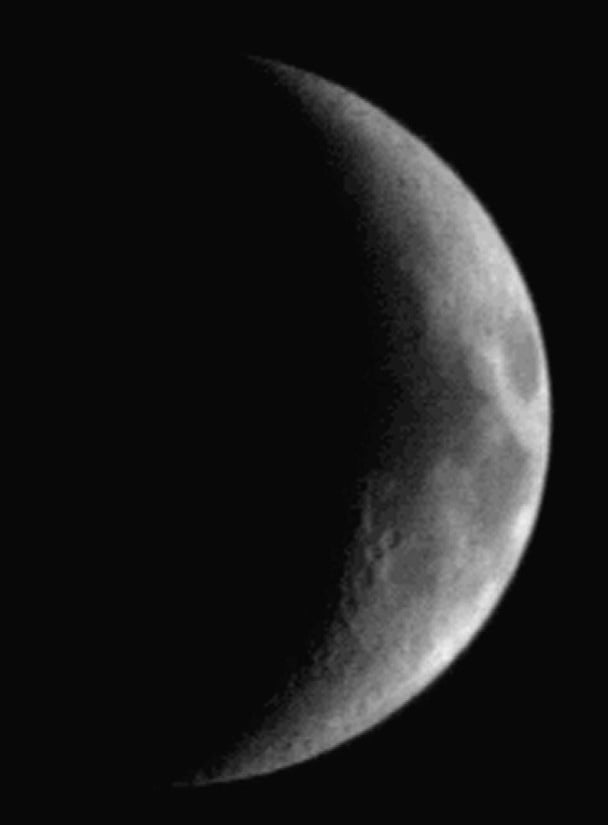[/caption]
UPDATE: The Indian Space Research Organization (ISRO) announced on 11/12 that the 100 km science orbit has been successfully achieved. Congrats to the Chandrayaan-1 team!
India's space agency released the first picture of the Moon taken by the Chandrayaan-1 spacecraft. While it's not a superlative image, as
Emily Lakdawalla from the Planetary Society blog
says, it is a milestone. Emily also explained that this photo has a resolution more than 3,000 times poorer than the eventual science images will have because the camera on Chandrayaan-1 was designed to take images from an a 100-kilometer science orbit (this image was taken on Nov. 4 at 311,200 kilometers away from the Moon). And today, the spacecraft got closer to that final science orbit by firing its engines for 31 seconds, reducing its perigee (nearest distance to the moon) from 187 km to 101 km.
Chandrayaan-1's orbit is still elliptical, and its apogee (farthest distance from the moon) is now 255 km. In this orbit, Chandrayaan-1, takes two hours and nine minutes to go around the Moon. On Wednesday evening, the Spacecraft Control Centre at Bangalore will issue commands for the spacecraft to fire its engines again to reduce the apogee to 100 km, putting the spacecraft into its final science orbit.
Then, on either Nov. 14 or 15, the Moon Impact Probe will be released. It weighs 35 kg, and once released will take about 25 minutes to impact. It will hit a pre-selected location (
Chandrayaan-1 Twitter
says to keep an eye on Shackleton Crater), and the primary objective is to demonstrate the technologies required for landing the probe at a desired location on the Moon and to qualify some of the technologies related to future soft landing missions.
Sources: ISRO,
The Hindu
 Universe Today
Universe Today
